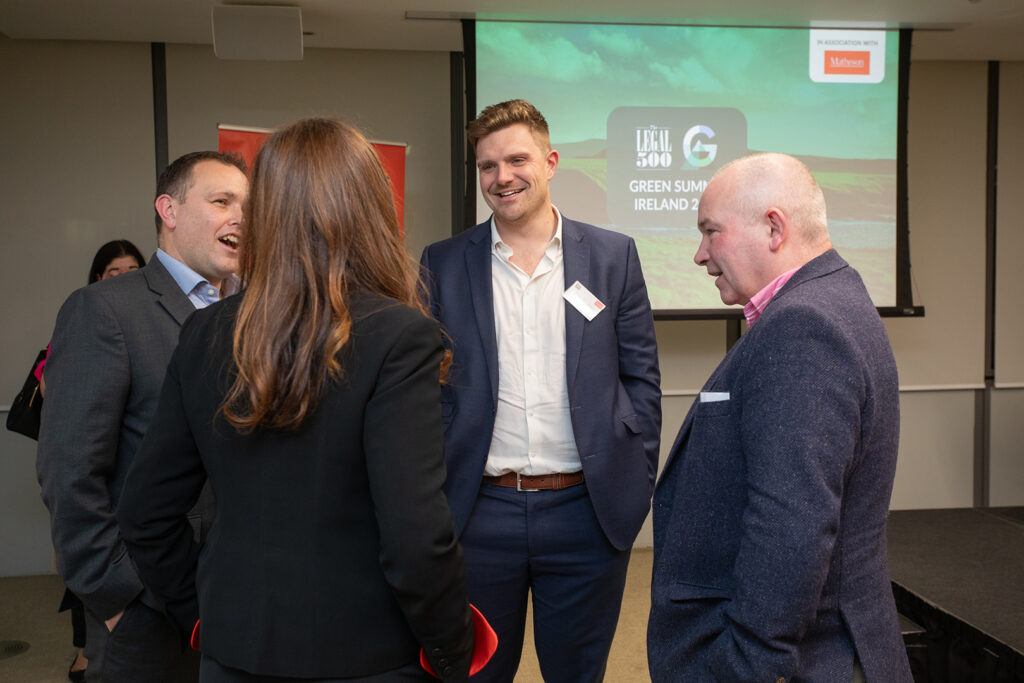
The Legal 500 Green Guide: EMEA 2024
Market overview
Indeed, the growing sustainability legislative and reporting regimes means financial institutions and investors are exploring diverse opportunities within the green transition. Spain and Portugal are key areas of success, with significant green and sustainability-linked financings supporting circular economy, re- and afforestation, and green real estate projects.
The diversification of the green economy is essential as two key factors continue to put pressure on the growth of the clean energy sector: the focus on green energy independence and security which has followed the war in the Ukraine, and the reality that turbulence in global borrowing conditions have undermined the investment necessary for nascent green projects.
VPPAs have risen dramatically in the past year as a way for corporate actors to offset their emissions with clean electricity in a way which provides a long-term financial commitment and effectively de-risks clean energy projects. As examples, VPPAs are increasingly being used to decarbonise the electricity consumption of tech and telecom companies in Ireland, chemicals and pharmaceutical manufacturers in Belgium and the Netherlands, and automotive manufacturers in France and Germany.
To help answer the question of clean European energy security, private investors are financing the construction of vital large-scale interconnectors which will transmit clean electricity across the region, such as between France and Ireland, and Germany and England. At the state level, Germany has launched a major hydrogen initiative, which will purchase hydrogen globally to decarbonise domestic operations.
State intervention is a key factor in the growth of the green economy in the Middle East. Countries such as Saudi Arabia and Oman, which combine a strong sovereign investment base and a modernising infrastructure programme, are global leaders in the green hydrogen and solar sectors. However, the simultaneous growth of the region’s conventional energy sector means more intense commitments remain necessary to truly evidence a commitment to the green transition.
Countries across Africa are similarly experiencing green growth, though economic imperatives are also at the same time pushing the development of oil and gas economies. Solar power remains a key growth sector which attracts overseas investment, with projects helping to expand electricity access in countries such as Nigeria and Cameroon while resolving grid turbulence in South Africa. Alongside Namibia, South Africa leads on green hydrogen projects, which leverage the local paucity of renewable resources to decarbonise industrial and energy outputs.
The Nordic region continues to lead on innovative renewable energy projects. Despite difficult questions in Denmark regarding the cost of renewable energy ambitions, and in Norway and Sweden concerning the permitting and local implications of wind power projects, lawyers in the Nordics remain excited by the possibilities regarding emerging offshore wind, carbon capture, and power-to-X projects.
As sustainability and circular economy ambitions increasingly become reality across the diverse EMEA region, a growing number of law firms and practice areas are making a positive commitment to the green transition. Complementing their engagement in green projects and transactions, firms are supporting clients remain at the head of market, regulatory, and policy developments through ongoing trainings and horizon-scanning. To meet the pace of global decarbonisation and help show clients that they truly walk the walk, firms continue to develop green internal initiatives and set positive net-zero targets.
We are proud to share the engagement of both those leading global players acting in pioneering projects and those boutique sustainability specialists in the decarbonisation of their particular focus areas, and we hope this edition of the EMEA Green Guide proves an inspiring insight into the positive work and commitments of firms across the region.




















